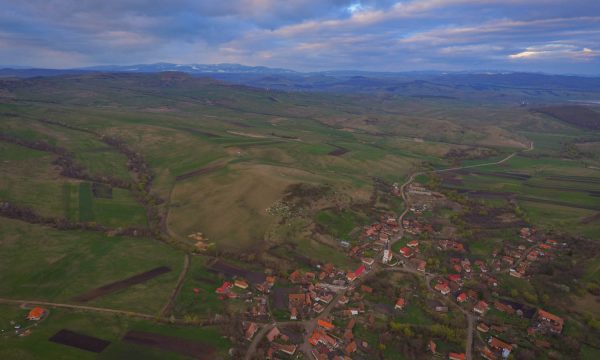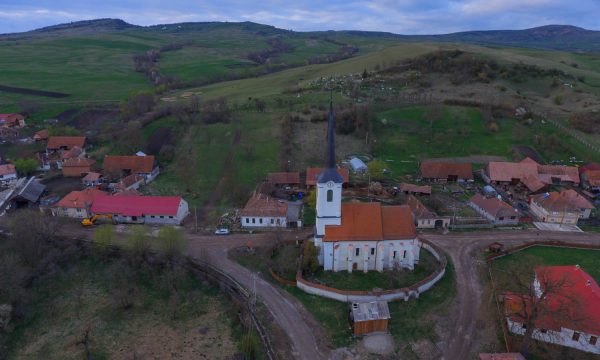Daia is situated south of Odorheiu Secuiesc (Hu: Székelyudvarhely), in the valley of the Ighiu (Hu: Ége) creek, belonging to the commune of Ulieș (Hu: Kanyád). There is a tale concerning the origin of its name, according to which once there were fairy girls roaming these lands: Klára, Dála and Ramocsa, and all three of them established a home here, seeing the wonderful landscape. The second sister, Dala was particularly fond of the region and returned to this place several times. It was from her that the name of the settlement originated. In another opinion, the settlement’s name derives from several south-western and north-western Hungarian place names, the areas of Hungary from where the settlers came from. The name is first mentioned in written sources in 1309 as Dalia or Daya. In 1465 it is mentioned again, in its current form, Dálya.

According to papal records, in 1333 the village had a parish church: “Clemens sacerdos de Daya solvit II banales antiquos”. In the 18th century and the Reformation period, it became a mother church for several villages. Significant knowledge of the church has been gained from the excavation led by Géza Ferenczi. The fortified church is the most defining building in the village and neighbouring areas. Scholars date the church building to the first half of the 14th century, even allowing that it might have been standing on the turn of the 13th. Around the church, traces of burials discovered in 1971-1972, dating back to the 12th century indicate the existence of a former structure (Romanesque naves). Best preserved of its murals are those of the sanctuary dating to the 1500s, of vivid green ground-tone. The excavation held in 1990 brought to light the earlier Gothic sanctuary of the church and the preceding Romanesque rectangular sanctuary.
Because the Reformed church of Daia was in a badly damaged state, in 1992 the Romanian National Committee for Historic Monuments began its conservation. Between 1992 and 1997, archaeologist Daniela Marcu Istrate performed comprehensive archaeological research revealing complex and interesting results.
The findings of these excavations produced enough archaeological and architectural evidence enabling scholars to establish 7 different construction phases, set between the 12th and 19th centuries. Works at the church started at the end of the 12th century, when a small village parish church was built with one nave and a rectangular closure. As it can be seen in the vast majority of cases, at the turn of the 13th and 14th centuries these little churches dating from the Árpád period became too small to house the increasing number of congregation members, so several adjustments were made. The church of Daia was also expanded, gaining a polygonal sanctuary with buttresses and a sacristy, which was further enlarged in the 15th century.

As it was customary, to protect the cemeteries situated near the church, and in order to separate the ecclesiastic and secular, a wall was built surrounding the cemetery in the 18th century, which is still visible today. Between 1800 and 1803 the church also gained a tower, situated on the western side, indicating the prosperity and increased economic potential of the villagers.
